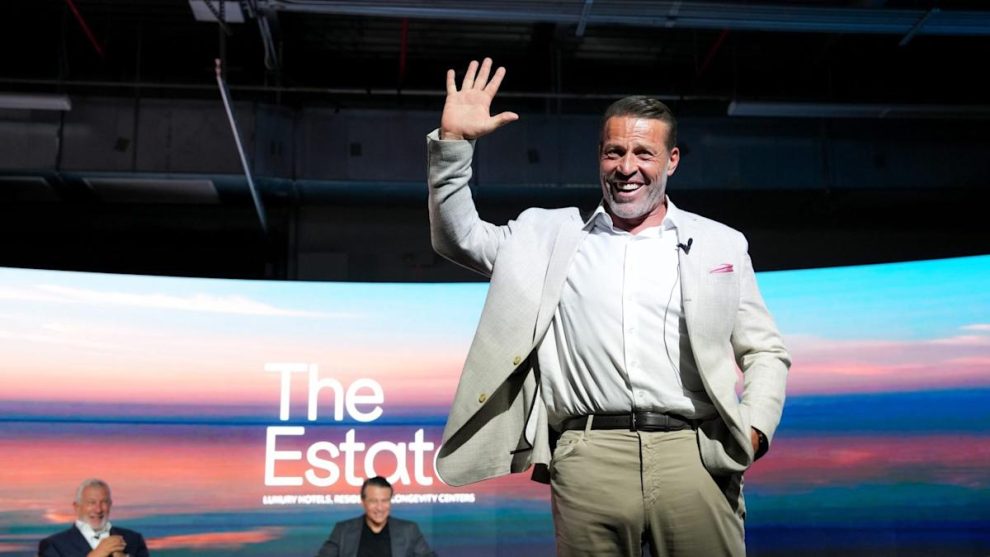Famed author, speaker, entrepreneur and self-made millionaire Tony Robbins has plenty of advice for both beginning and expert investors. In a nutshell, though, he believes investing isn’t all that complicated. By simply sticking to the basics consistently in the short term, Robbins says becoming a millionaire is within reach in the long run.
Advertisement: High Yield Savings Offers
Read Next: 4 Secrets of the Truly Wealthy, According To Dave Ramsey
Find Out: The New Retirement Problem Boomers Are Facing
According to Robbins, “The most important thing is to get started with whatever you have,” as opposed to developing a complicated strategy aimed at trying to beat the stock market. Here are the three best investment tips Robbins has to offer, along with some examples based on both his advice and his personal experiences.
To Robbins — and pretty much all certified financial planners — compound interest is the key to long-term investment success with mutual funds, individual stocks and bonds. It takes a long time to reap the full benefits of compound interest, so as Robbins endorses, the earlier you can start on your time horizon, the better.
Robbins, for example, made his first investment at age 18, buying a triplex in California. Although that specific investment didn’t work out too well for the future millionaire, it fueled his interest in investing at a young age. As Robbins said, “It got me in the game. If you don’t invest early on, you lose.”
There are many financial examples showing how sound this advice is, but Robbins refers to the example of two 19-year-olds who take different investment paths.
The first one begins investing at age 19 and continues socking away $300 per month until age 27 only. At that point, the money is simply left in the account to compound, with no further contributions made. If the market returns 10% per year, which is in line with its long-term average, the $28,800 this person invested over those eight years would be worth nearly $2 million by age 65.
The second one, on the other hand, doesn’t start investing until age 28 but keeps putting away $300 per month until age 65, for a total contribution of $133,200. Which investor do you think will end up with more money? Perhaps surprisingly, it’s investor No. 1, as investor No. 2, even with an additional $104,400 in contributions, amasses a nest egg of only about $1.4 million, around 30% less than investor No. 1.
Robbins urges young investors to contribute as much of their income as possible and to get in the habit of increasing their contributions regularly. A 401(k) plan is the simplest way to start.







Add Comment